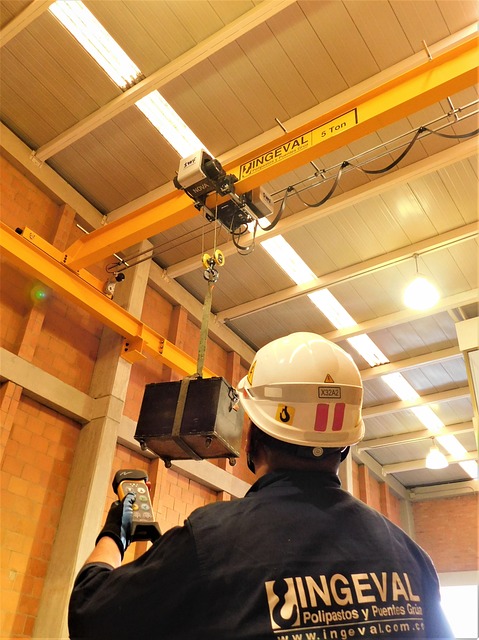In warehouse work, lifting heavy items is often a daily task, but it’s also one of the leading causes of workplace injury. Back injuries often result from bending, twisting, and turning incorrectly while handling heavy loads. Strains, sprains, and more serious injuries like spinal damage can occur from lifting incorrectly or carrying loads that are too heavy or large. However, adopting smart lifting practices can significantly reduce the risk of these injuries, making safety a top priority in any warehouse environment. This guide is your companion in the journey to handle heavy loads effectively and safely in a warehouse setting.
Table of Contents
Understanding the Basics of Safe Lifting
Safe lifting is fundamental in warehouse work. Before attempting to lift an object, always evaluate its weight. If it appears too heavy, don’t hesitate to seek assistance. When lifting, remember to use the strength of your legs rather than straining your back. Stand with your feet shoulder-width apart, bend your knees, and keep your back straight. This stance minimizes the risk of injury and enhances the efficiency of your lifting technique. Proper lifting posture is key in preventing long-term strain and ensuring a safer work environment.
Using Lifting Equipment
For particularly heavy items, relying on lifting equipment is a smart choice. Tools such as forklifts, pallet jacks, and cranes are designed for such tasks. An overhead crane, specifically, is invaluable for moving large or extremely heavy items safely across the warehouse. Proper training and certification are mandatory to ensure safety and compliance when operating these machines. Additionally, regular maintenance and safety inspections of this equipment are vital to prevent malfunctions and accidents. Understanding and respecting the capabilities and limitations of lifting equipment is critical for ensuring a safe and productive workplace.
Maintaining a Tidy Workspace
Keeping a clean and organized workspace is essential for warehouse safety. Regularly check aisles and lifting zones to ensure they’re free from clutter and obstructions. An orderly arrangement of goods not only aids in accessibility but significantly reduces the likelihood of accidents. Having a designated place for every item and returning it after use is also important. A well-maintained environment supports safer and more efficient lifting practices, ultimately contributing to a smoother workflow and a safer workplace. Implement a daily cleaning routine to maintain this orderliness, and consider using signage to clearly mark designated areas for equipment and goods. Encourage all team members to follow these practices to foster a collective responsibility for maintaining a tidy workspace.
Wearing the Right Gear
The right personal protective equipment (PPE) is essential for safety in warehouse operations. Steel-toed boots protect your feet from heavy falling objects, while gloves safeguard your hands during lifting. Back supports are also recommended to prevent strain and injuries during heavy lifting tasks. Additionally, consider using lifting straps or support belts, which can provide extra support and reduce the risk of back injuries. Remember, consistently wearing the correct PPE is not just a safety measure but a best practice that should be an integral part of your daily work routine.
Practicing Good Posture and Body Mechanics
Learn and use proper posture and body mechanics for heavy lifting. Always initiate a lift from a squatting position, ensuring your back remains straight while leveraging the strength of your legs. This technique helps distribute the load more evenly and reduces strain on your back. When moving with heavy loads, avoid twisting at the waist. Instead, pivot your entire body in the direction you need to move. Incorporating regular stretching and strengthening exercises for your back and leg muscles into your routine can enhance your lifting capability and further decrease the risk of injury.
Conclusion
Achieving proficiency in heavy lifting within a warehouse environment is a blend of technique, safety, and preparation. It involves adhering to safe lifting practices, using appropriate lifting equipment, and donning the necessary personal protective gear. Keeping the workspace organized and free from hazards plays a significant role in ensuring safe lifting operations. Additionally, maintaining correct posture and body mechanics while lifting is fundamental in preventing injuries. By consistently applying these practices, warehouse workers can effectively and safely manage heavy loads, ultimately safeguarding their well-being and enhancing their efficiency on the job.














